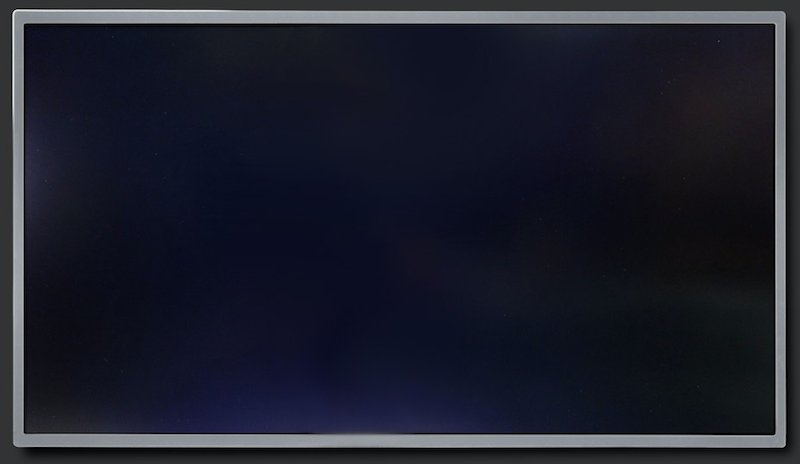LCD Troubleshooting
LCDs are very reliable and stable devices and laptop screens don't often go bad on their own. In lots of cases where the LCD is affected, the root cause can be found elsewhere. So if you are wondering "what is wrong with my laptop screen" read on below for the most common LCD ailments and the respective solutions.
Before diving any deeper in the troubleshooting of your display issue, it is highly recommended to connect your laptop to an external monitor or television via an available video out connector if any, typically HDMI or VGA to confirm that the laptop is in-fact generating an image and whether any image defects are present on the external monitor. Image defects that are passed onto external monitors can sometimes indicate a video chip malfunction or a software issue. There is little sense in moving on to further troubleshooting of the LCD if the external display shows the same problem.
Problems with an LCD that may not always require an LCD to be replaced:
Black screen
Sometimes your screen may become completely blank. Maybe you opened the laptop and the screen turned off and you can't get it back on.

- The top reason for that is that the video cable has become disconnected - you need to disassemble your laptop and reconnect the cable at the back. Why not grab the LCD model number from the back of your screen while you're there, it will be useful if the LCD needs to be replaced. Secure the cable with new sticky tape after reconnection. (And we really mean the top, since we constantly receive requests for assistance, it has become our default answer, as it seems to resolve the majority of reported concerns after an LCD replacement)
- Another common reason is a break in the video cable, typically somewhere around the hinge area - the issue is apparent when the lid is being moved back and forth and the picture shows up intermittently. You video cable will need to be replaced to fix such effects.
- A less common cause is the lid position sensor. A problem with that sensor may prevent the screen from turning back on after the lid is open and conversely may prevent the screen from turning off when the lid is closed. The sensing system is two part - sensor itself usually tucked away inside under the palm rest - and a magnet placed somewhere behind the bezel (frame) of the display. Make sure that the magnet is on the back-side of the bezel in its proper position to fix the screen not turning off on lid closing. A strong magnet can sometimes reset the sensor back to working order, so if you have a small neodymium magnet, you could test/reset the sensor by swiping the magnet around the perimeter of the palm rest - screen should turn off as soon as the magnet is over the sensor and turn on when the magnet is gone, if that doesn't work the sensor may need ot be replaced.
- And finally, when all of the above options are exhausted, and provided that the laptop shows proper picture when connected to an external monitor/TV you may consider replacing the LCD itself
Lines on screen
Sometimes your screen may begin displaying even rectangular lines or columns of missing pixels.

- The top reason for such symptom is a flex cable connection from the LCD driver board to the glass matrix. Such connections are not repairable and are known to deteriorate with time. This is usually a result of an aging LCD or an indirect physical blow to the screen. LCDs displaying such effects cannot be fixed and must be replaced.
Cracked screen
The irregular lines, spider-web cracks, and ink splotches all likely indicate a cracked LCD

- LCDs are made of two panes of glass less than 1mm thick and therefore LCD screens are very fragile and can break from physical blows, negligent handling, foreign objects being jammed between the keyboard and the display and even thermal expansion and contraction of the glass, that may produce cracks seemingly on their own when exposed to drafts, fans or AC air in an uneven fashion, especially when combiend with a heat source such as a space heater or sun shine. i.e. Leaving an open laptop by a drafty window on a chilly but sunny day can crack the LCD screen on its own. Cracked screens cannot be repaired and must be replaced.
Copyright © LaptopScreen.co.uk

